Japanese New Year is one of Japan’s most important holidays. Let’s dive into the beautiful Japanese culture of the New Year.
Contents
ToggleWhat is Oshogatsu?
The term ‘Oshogatsu’ is typically understood to cover the period from January 1 to January 7 in the solar calendar. Traditionally, decorations for Oshogatsu are expected to be taken down after January 7.
The meaning of the decoration.
We have a custom of placing decorations on the entrance door during Oshogatsu. This tradition is rooted in welcoming the deity known as ‘Toshigami-sama,’ who is believed to visit every household, bringing prosperity and happiness in the form of rice wealth. Hence, we adorn the upper part of the door with meaningful decorations as a sign of respect.
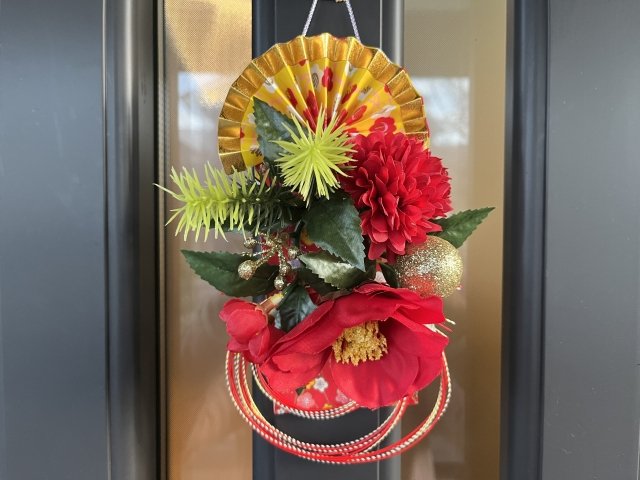
How do Japanese people spend the New Year?
Family time
We normally spend Oshogatsu with our family or relatives. Even though Japanese people are famous for their working culture, most Japanese companies close from January 1 to January 3.(It depends on the industry.)
Otoshidama
You might have heard of “Otoshidama.” Otoshidama is an Oshogatsu custom that I can’t overlook mentioning. Adults are expected to give money enclosed in a small envelope to children in the family or relatives. This tradition brings joy to children during Oshogatsu.
The average amounts for Otoshidama are as follows:
- Preschoolers: ¥1,000 to ¥3,000
- Lower grades of elementary school: ¥1,000 to ¥4,000
- Higher grades of elementary school: ¥3,000 to ¥5,000
- Junior high school kids: ¥3,000 to ¥10,000
- High school kids: ¥5,000 to ¥10,000
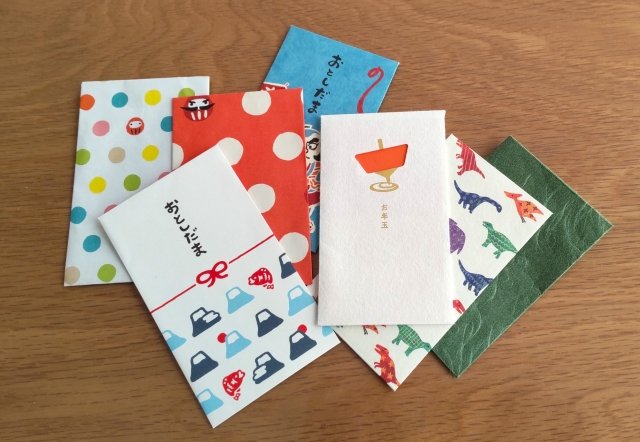
Hatsumode
Hatsumode is a tradition of visiting a shrine or temple at the beginning of the new year to express gratitude for the past year and pray for a prosperous year ahead. Typically, it is recommended to complete Hatsumode by January 3, with the latest acceptable timing being in the middle of January.
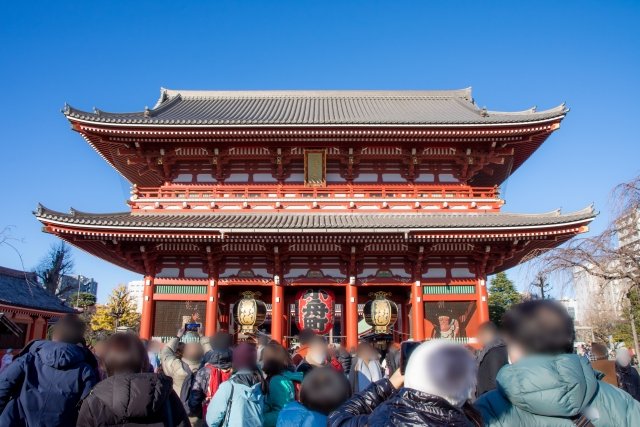
What do Japanese people eat in Oshogatsu?
Osechi
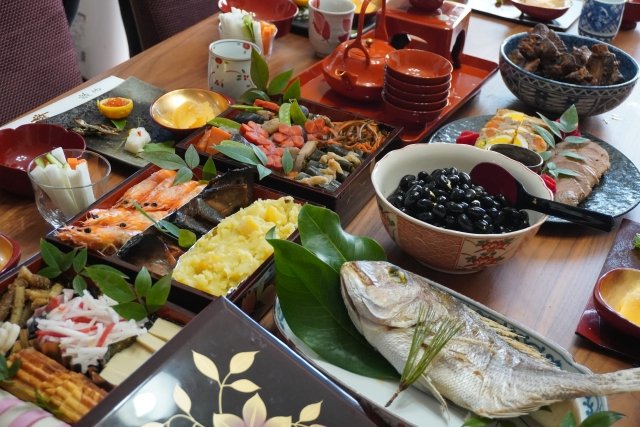
Osechi is a traditional Japanese New Year feast consisting of a set of dishes arranged with meaningful ingredients. Its roots trace back to “Seck” (せっく), which is associated with customs expressing gratitude to a god for the harvest. During the Heian period, these customs evolved into formalized annual events in the imperial court, marked by banquets known as “Sechie” among aristocrats. The food served during these occasions was referred to as “Osechiku,” similar to its modern name, Osechi. In the Edo period, Osechi spread to the general public.
Today, Osechi has evolved, incorporating both Japanese and Western styles. It has transcended traditional cuisine and continues to undergo changes, reflecting contemporary culinary preferences.
Another meaning of Osechi meal
Osechi is typically prepared in advance, allowing people to avoid cooking during the New Year holidays. Making Osechi before the year ends means you don’t have to spend time cooking for yourself and your family. Additionally, by refraining from using the kitchen during this time, it is believed that the God of fire can enjoy a well-deserved rest.
However, the reality is that people may get tired of Osechi if they eat it continuously during Oshogatsu, wishing for a change in flavors. Moreover, Osechi is not particularly popular among kids, with many finding its taste acquired. My own 5-year-old says that Osechi is an acquired taste for children. While some people might not find Osechi exceptionally tasty, they still consume it during Oshogatsu as a symbol of good luck.
In contemporary times, many families opt not to prepare Osechi from scratch at home. Instead, they order it from stores or purchase simpler options from supermarkets. The tradition of Osechi continues to evolve and change with each passing year.
Ozoni
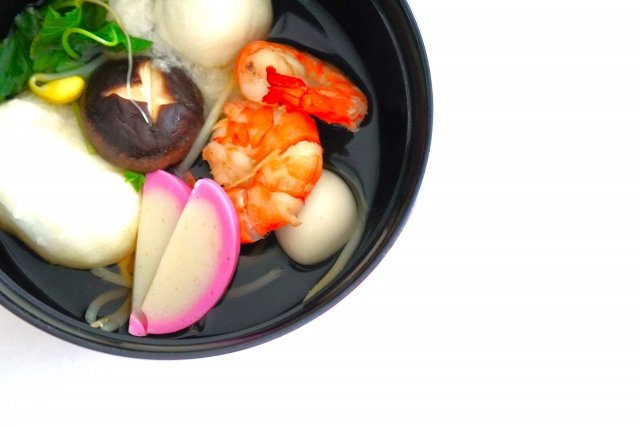
Ozoni is a soup that has several types of vegetables and mochi. Hoaw to season and ingredients are different depending on regions.
Why do Japanese people eat mochi in shogatsu?
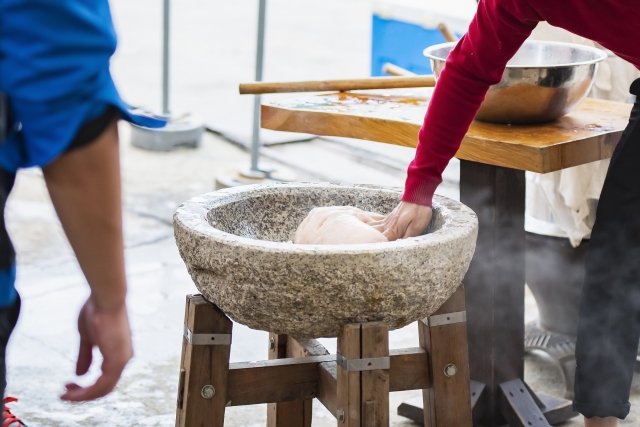
The origin of Ozoni is somewhat uncertain as there is no exact record, but it is believed to be connected to ancient customs surrounding the New Year. According to one theory, Japanese people used to believe that a god would visit during the New Year. On December 31, the last day of the year, people would prepare various foods such as vegetables, fish, mochi, and chicken for the god. Then, on January 1, they would consume the food that had been offered to the god, which is considered the origin of Ozoni.
The significance of preparing food for the god was to share the same meal with the divine being. It was believed that by doing so, people would gain the power of the god and ensure a healthy and happy life.
The incidence of choking on rice cakes during the New Year period
Every year in January, there are numerous cases of deaths caused by choking on rice cakes (mochi). According to data from the Consumer Affairs Agency, the incidents of fatalities due to choking accidents involving mochi are concentrated among individuals over 65 years old, particularly in January. From 2018 to 2019, a total of 661 people lost their lives in such incidents, with 282 of those deaths (43%) occurring in January. Furthermore, there were 127 accidents (19%) on the third day of the New Year and 67 (10%) on New Year’s Day, indicating a higher incidence of fatal accidents on the third day of the New Year.
Nengajo

The tradition of sending nengajo, or New Year’s postcards, is said to have originated in the Heian period in Japan. During this historical period, the custom of exchanging greetings to express appreciation for the new year became prevalent among the aristocracy. As part of this tradition, individuals would write letters, a precursor to the modern nengajo, to send their well-wishes to those who were living at a distance.
For anyone interested in delving into Japanese culture, feel free to check out the links below.
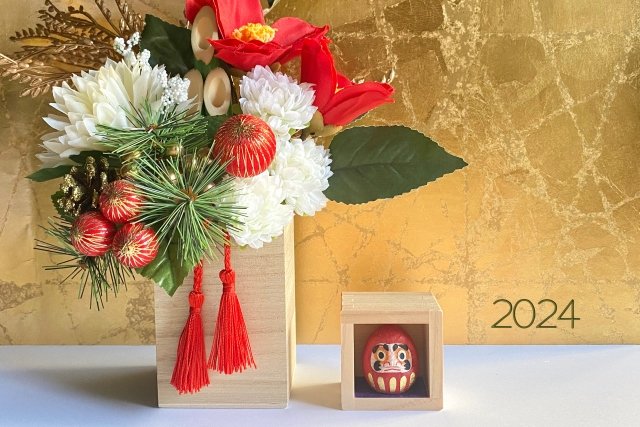



Pingback: How do Japanese spend end of the year ? - Japan Info. com